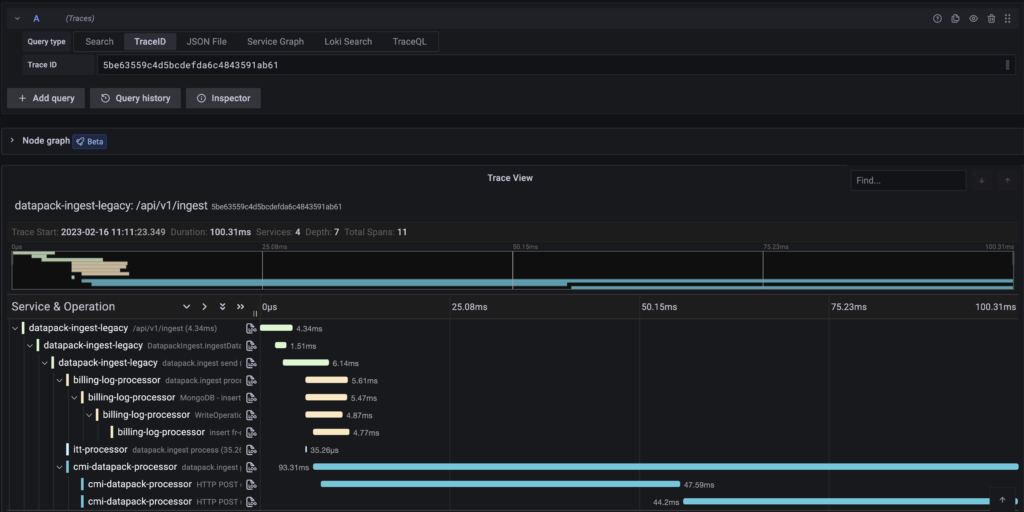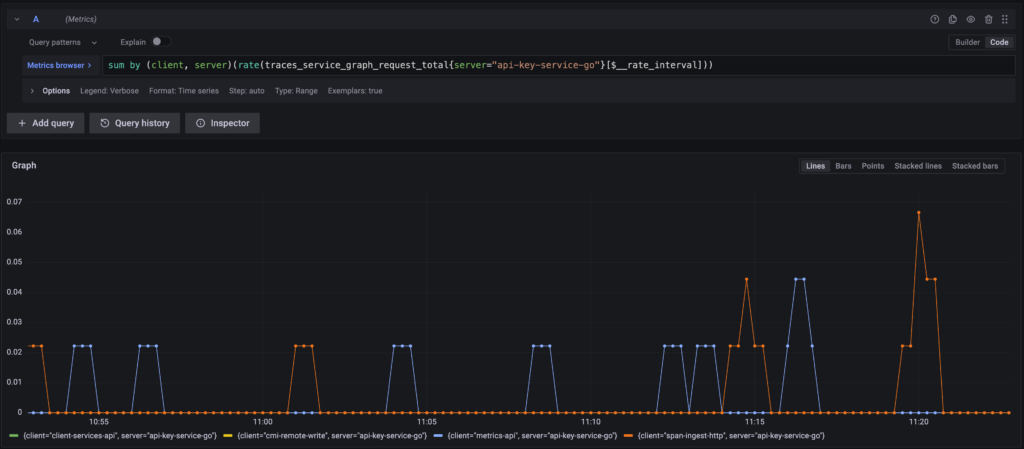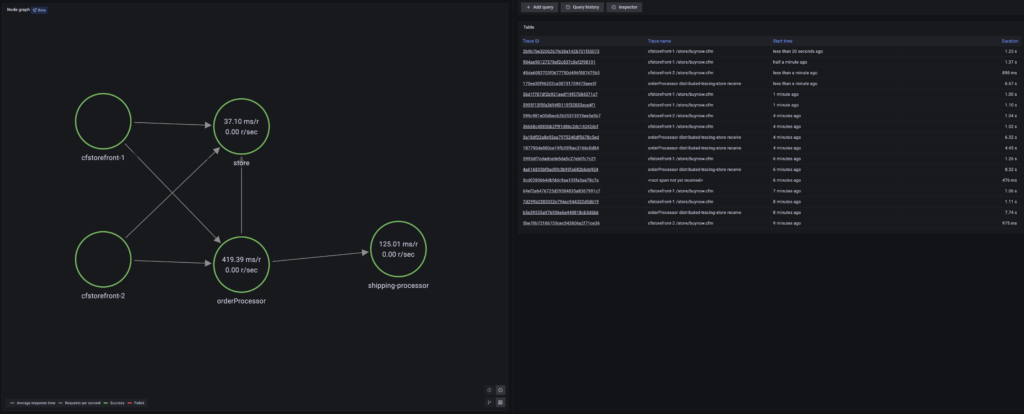The Benefits of Distributed Tracing for Developers and DevOps with FusionReactor
Observability has become an essential aspect of modern software development and operations. With the rise of distributed systems and cloud-native architectures, it has become increasingly challenging to monitor and manage the performance and behavior of applications. This is where observability platforms like FusionReactor come in, providing developers and DevOps teams with tools and techniques to gain visibility into their systems and troubleshoot issues quickly and efficiently.
FusionReactor observability
FusionReactor is a comprehensive observability platform that offers a wide range of features, including distributed tracing. With FusionReactor, you can trace requests as they travel across multiple systems, gaining insights into performance and behavior at every step. FusionReactor supports OpenTelemetry, allowing you to collect, process, and export trace data to various backends, including Jaeger and Zipkin.
The Benefits of Distributed Tracing
Distributed tracing offers several benefits for developers and DevOps teams, including:
- Improved visibility: With distributed tracing, you can track requests as they move through your system, gaining insights into the performance and behavior of each component. This allows you to identify and diagnose issues quickly, reducing the time and effort required to troubleshoot problems.
- Reduced MTTR: By providing visibility into the path of requests through your system, distributed tracing can help you identify the root cause of issues more quickly, reducing the Mean Time To Resolution (MTTR) and improving the overall uptime and availability of your applications.
- Optimized performance: Distributed tracing can help you identify bottlenecks and other performance issues in your system, allowing you to optimize your applications and infrastructure for better performance and scalability.
- Improved collaboration: By providing a common view of your system’s performance and behavior, distributed tracing can help foster better collaboration between developers and DevOps teams. This can lead to faster issue resolution, improved quality, and better outcomes for your users.
Distributed Tracing Tools
There are several distributed tracing tools available, including:
- OpenTelemetry: This is a set of APIs and protocols for collecting, processing, and exporting telemetry data, including traces, metrics, and logs. OpenTelemetry supports many languages and platforms and can be used with many different backends, including Jaeger and Zipkin.
- Jaeger: This open-source distributed tracing platform supports OpenTelemetry and other tracing standards. Jaeger provides a web-based UI for exploring trace data and integrates with various systems and frameworks.
- Zipkin is another open-source distributed tracing platform that supports OpenTelemetry and other tracing standards. Zipkin provides a simple, easy-to-use UI for exploring trace data and can be integrated with many different systems and frameworks.
Distributed Tracing vs Logging
Distributed tracing and logging are both techniques for gaining visibility into the behavior and performance of your systems. However, there are some key differences between them:
- Granularity: Logging provides a high level of granularity, capturing individual events and messages within your system. Distributed tracing, on the other hand, provides a lower level of granularity, tracing requests as they move through your system.
- Context: Distributed tracing provides context for each request, allowing you to see the path it took through your system and the performance and behavior of each component along the way. Logging does not provide this level of context.
- Performance impact: Logging can significantly impact system performance, especially in high-volume environments. Distributed tracing is designed to be more lightweight and has less impact on system performance, allowing you to capture trace data without affecting the performance of your applications.
APM vs Distributed Tracing
APM (Application Performance Management) and distributed tracing are both techniques for monitoring and managing the performance of your applications. However, there are some key differences between them:
- Scope: APM tools typically provide a broader view of your applications, capturing metrics, traces, and logs from multiple sources. Distributed tracing, on the other hand, focuses specifically on tracing requests as they move through your system.
- Granularity: APM tools provide a high level of granularity, capturing metrics and other data at a fine level of detail. Distributed tracing provides a lower level of granularity, tracing requests as they move through your system.
- Context: Distributed tracing provides context for each request, allowing you to see the path it took through your system and the performance and behavior of each component along the way. APM tools typically provide less context, focusing on metrics and other data.
Tracing in APM
Tracing is a key component of APM, providing developers and DevOps teams with the ability to trace requests as they move through their systems, gaining insights into performance and behavior at every step of the way. By tracing requests, developers and DevOps teams can identify and diagnose issues more quickly, reduce MTTR, and optimize performance and scalability.
The Difference Between APM and Observability
APM is one aspect of observability, focusing specifically on monitoring and managing the performance of your applications. On the other hand, Observability is a broader concept that encompasses a wide range of tools and techniques for gaining visibility into the behavior and performance of your systems. While APM is an essential component of observability, it is just one piece of the puzzle.
The Different Types of Tracing
There are several different types of tracing, including:
- Request tracing: This is the most common type of tracing, tracking individual requests as they move through your system.
- Transaction tracing: This is a more granular form of tracing, tracking transactions as they move through your system. Transactions may encompass multiple requests and other activities.
- Database tracing: This is a specific form of tracing that focuses on tracking database queries and operations within your system.
- Code-level tracing: This is a very granular form of tracing that tracks individual lines of code and their execution within your system.
The Benefits of Distributed Tracing for Developers and DevOps
Distributed tracing is an essential technique for gaining visibility into the behavior and performance of your distributed systems. With FusionReactor, you can leverage the power of distributed tracing to optimize performance, reduce MTTR, and improve collaboration between developers












